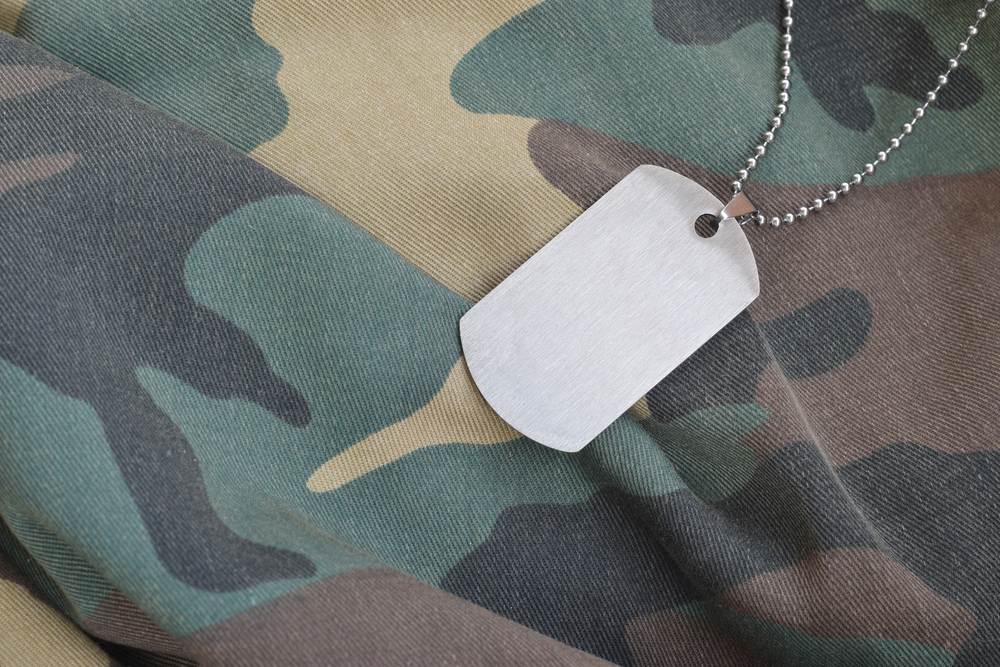
The US Army’s Project Origin presented an autonomy demonstration at the recent Joint Multinational Readiness Center, in Germany, to emphasize the inherent dangers in robotic autonomous systems (RAS). The hope is to assist the military in planning how to combat this new battlefield technology.
According to Project Origin’s Next Generation Combat Vehicle Cross-Functional Team
robotic combat vehicle requirements lead, Maj. Cory Wallace, “We need to develop a counter-RAS doctrine because our adversaries are doing the same thing. If [the Project Origin team was] able to achieve the level of success that they did at JMRC, it’s reasonable to assume that we start figuring out how to defeat these systems.”
Indeed, the team revealed a new Project Origin vehicle at the JRMC event. For the demonstration, the technology was integrated into both “opposition” force (of US troops) and a rotational force (of NATO allies). The same vehicle [prototype] has also been part of various operational events within the past 12 months, including Joint Readiness Training Center, in November, and also in combat exercises alongside the Green Berets, in May.
Project Origin program manager Todd Willert explains the Army’s RCV program is among the top modernization priorities. By the end of August, this platform will participate in an exercise aimed at validating the system before the start of Project Convergence, in the fall. Outside providing more information about robotic vehicle utilization, however, Willert describes how this idea is especially crucial since Russia has also invested in similar tech. The question, then, is can the US Army test their robotic vehicle prototypes before they have to face an adversarial one?
Willert notes that the calculated decision is not exactly an easy one. Do you attack the platform since it can be replaced or the operator, which is not replaceable? Perhaps there is a link between the two, he speculates, adding, “We’re affording [allied nations] the opportunity to figure out how you want to attack this emerging problem that’s goal.”
He concludes, “We’re going to push the limits of the autonomy to see where our warts are and what it is we need to improve.”
